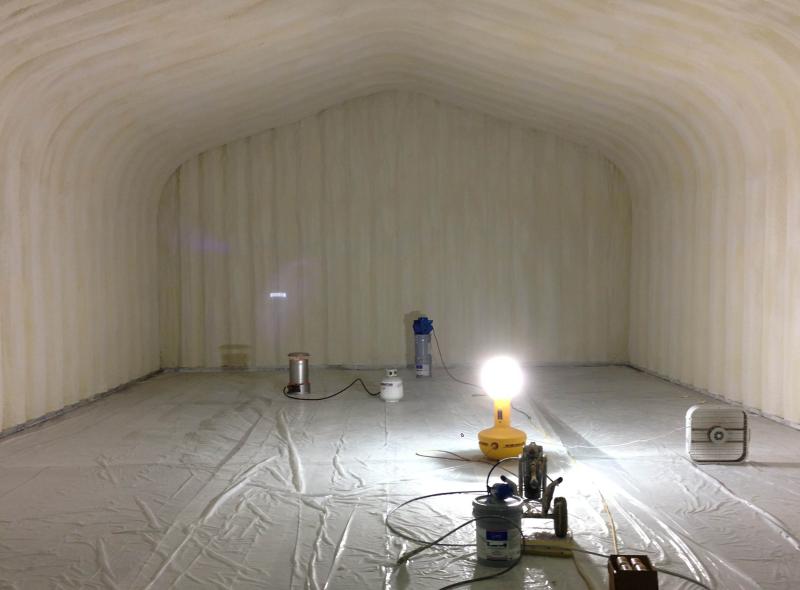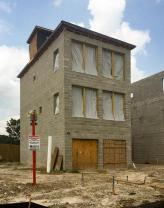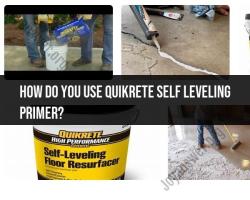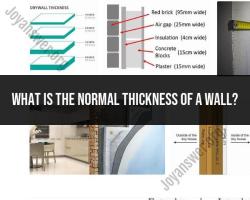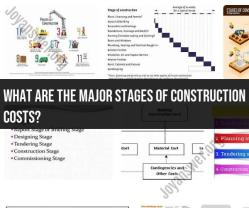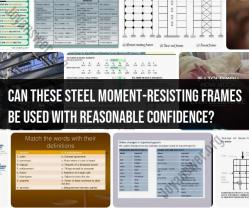What is the best insulation for steel buildings?
Selecting the best insulation for steel buildings involves considering factors such as thermal performance, moisture resistance, cost, and the specific needs of the building. There are several insulation materials commonly used for steel buildings, each with its own advantages and considerations. Here are some commonly used insulation materials for steel buildings:
Fiberglass Insulation:
- Advantages:
- Good thermal performance.
- Relatively cost-effective.
- Resistant to moisture.
- Considerations:
- Installation requires protective gear due to potential skin irritation from fiberglass.
- Advantages:
Spray Foam Insulation:
- Advantages:
- Excellent thermal performance.
- Provides an air barrier, reducing air infiltration.
- Adheres to irregular surfaces.
- Considerations:
- Requires professional installation.
- Higher initial cost.
- Advantages:
Mineral Wool (Rock Wool) Insulation:
- Advantages:
- Good thermal resistance.
- Fire-resistant and non-combustible.
- Resistant to moisture and mold.
- Considerations:
- Moderately more expensive than fiberglass.
- Requires proper handling due to potential irritation.
- Advantages:
Reflective Insulation:
- Advantages:
- Reflects radiant heat.
- Can be effective in reducing heat transfer.
- Considerations:
- Typically used in combination with other insulation types.
- Its effectiveness depends on the specific application.
- Advantages:
Cellulose Insulation:
- Advantages:
- Made from recycled paper, making it environmentally friendly.
- Good thermal performance.
- Tends to be more cost-effective.
- Considerations:
- Susceptible to moisture damage if not properly protected.
- Advantages:
Polyisocyanurate (Polyiso) Insulation:
- Advantages:
- High thermal resistance.
- Provides good insulation value with a relatively thin profile.
- Considerations:
- Moderate cost.
- Susceptible to moisture, so a proper vapor barrier may be necessary.
- Advantages:
Expanded Polystyrene (EPS) Insulation:
- Advantages:
- Good thermal performance.
- Lightweight.
- Resistant to moisture.
- Considerations:
- Generally less expensive.
- Bulkier compared to some other insulation types.
- Advantages:
The choice of insulation depends on factors such as the climate in the building location, budget constraints, and specific performance requirements. Additionally, local building codes and regulations may influence the selection of insulation materials. It's recommended to consult with a building professional or insulation specialist to determine the most suitable insulation for a particular steel building based on its unique characteristics and intended use.
Steel buildings pose unique challenges for insulation due to their high thermal conductivity, which allows heat to transfer quickly through the metal framework. Choosing the right insulation material and installation method is crucial for maintaining a comfortable indoor environment and reducing energy costs.
Recommended Insulation Options for Steel Buildings
Several insulation options are well-suited for steel buildings, each with its own advantages and considerations:
Fiberglass Insulation: Fiberglass is the most common and cost-effective insulation choice for steel buildings. It is available in batts, rolls, and rigid boards, offering flexibility in application and varying R-values (resistance to heat flow).
Spray Foam Insulation: Spray foam insulation expands and conforms to irregular shapes, providing excellent air sealing and preventing heat loss through gaps and crevices. It can be applied directly to the steel framing, eliminating the need for battens or furring strips.
Rigid Board Insulation: Rigid board insulation, such as polyisocyanurate (PIR) or polystyrene (EPS), is moisture-resistant and offers high R-values per inch of thickness. It is often used in combination with other insulation materials, such as fiberglass batts, to achieve desired R-values.
Reflective Insulation: Reflective insulation, such as aluminum foil-faced batts or radiant barriers, reflects heat away from the building interior, reducing heat gain in warmer climates. It is often used in conjunction with other insulation materials for added effectiveness.
Comparing Insulation Effectiveness
The effectiveness of different insulation materials for steel buildings depends on factors such as R-value, cost, fire safety, and installation requirements. Here's a general comparison:
| Insulation Material | R-value per Inch | Cost | Fire Safety | Installation |
|---|---|---|---|---|
| Fiberglass | 3.1 - 4.3 | Low | Moderate | Requires battens or furring strips |
| Spray Foam | 6.0 - 7.0 | Moderate - High | Good | Requires specialized equipment |
| Rigid Board | 4.3 - 6.0 | Moderate | Good | Requires battens or furring strips for batts |
| Reflective Insulation | Varies with material and air gap | Low - Moderate | Excellent | Requires battens or furring strips for batts |
Factors to Consider when Choosing Insulation
When selecting insulation for a steel building, consider the following factors:
Climate: Choose insulation with appropriate R-values for your climate. In colder climates, higher R-values are needed to prevent heat loss, while in warmer regions, reflective insulation can help reduce heat gain.
Budget: Fiberglass is generally the most cost-effective option, while spray foam and rigid board insulation may be more expensive but offer higher R-values and better air sealing.
Fire Safety: Choose insulation materials with appropriate fire ratings for your building's occupancy and fire safety requirements.
Installation: Consider the installation method and labor costs for different insulation types. Spray foam requires specialized equipment, while batts and rigid boards may require additional support structures.
Environmental Impact: Consider the environmental impact of different insulation materials, such as recycled content, sustainability, and end-of-life disposal options.
Consulting with a professional insulation contractor or engineer can help you choose the most suitable insulation options for your specific steel building project, ensuring optimal thermal performance, energy efficiency, and cost-effectiveness.
